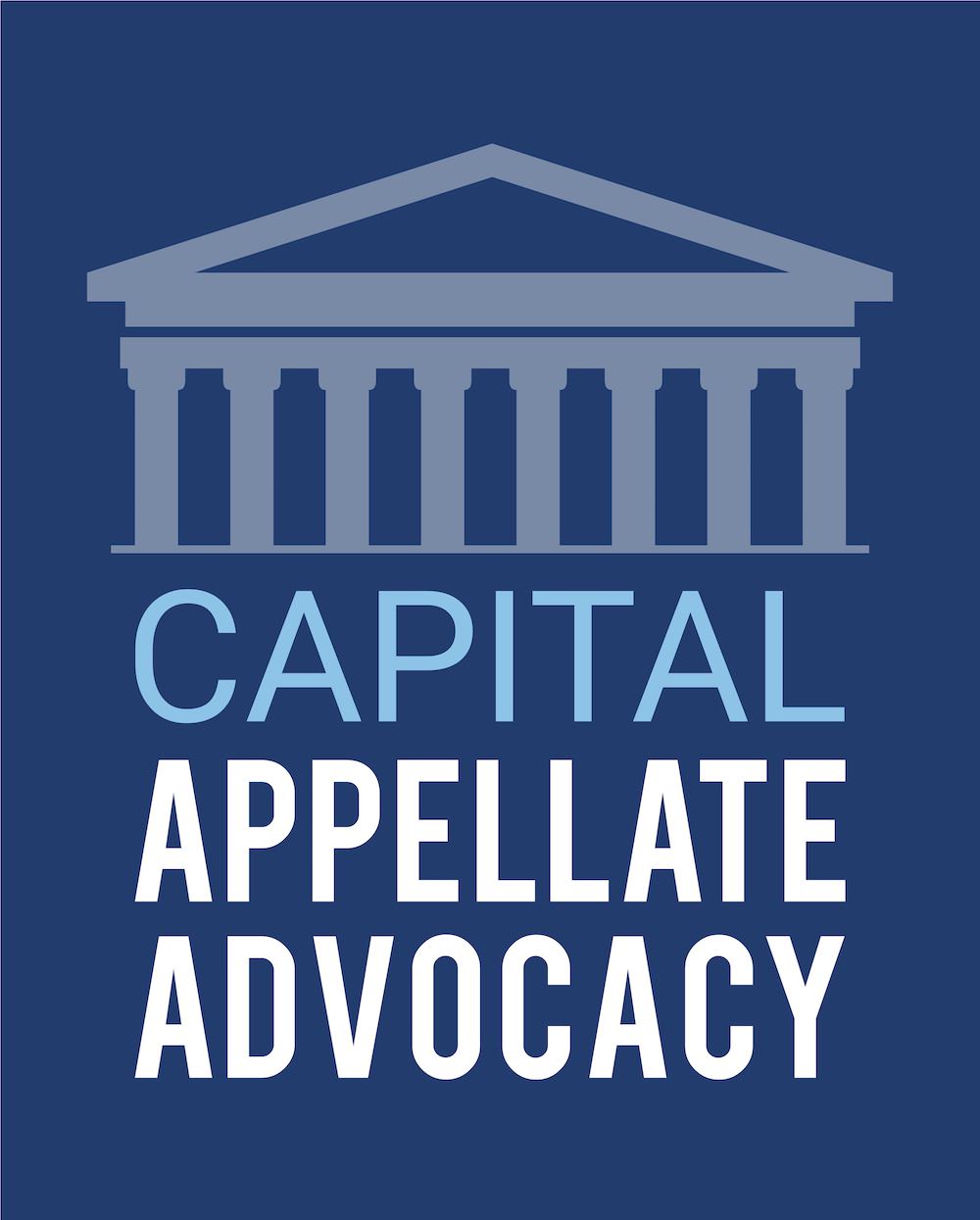The following article, written by Katherine Snow Smith for The Legal Examiner (Nov. 5, 2020), quotes me on the importance of amicus briefs, and my view that clients should be charged a flat fee for their preparation.
As an attorney, Ruth Bader Ginsburg was known for writing an artful amicus brief. Her submissions are credited for helping inform and influence the U.S. Supreme Court to rule women could be called upon to pay alimony, serve on juries and couldn’t be forced to take unpaid maternity leave. While she didn’t argue these separate cases orally before the court, her concise, organized, well researched and persuasive amicus briefs are noted for their impact.
An amicus curiae, as they are often called in legal circles, is Latin for “friend of the court.” The briefs are common features in appellate state and federal appellate courts especially in the U.S. Supreme Courts.
The Rules of the Supreme Court regarding the amicus brief state it should offer “the Court relevant matter not already brought to its attention by the (involved) parties.” In other words, anyone wanting to make a point that the litigating parties are not addressing can write an amicus brief.
The U.S. Chamber of Commerce as well as the American Civil Liberties Union, for example, are frequent filers.
As for the pronunciation of “amicus,” it seems to fluctuate between AM-i-kus and a-MEEK-us, but the more frequent is a-MEEK-us, according to Lawrence Ebner, who was a partner and appellate practice leader at a global law firm in Washington D.C. before launching his own firm.
“The amicus brief procedure … provides an opportunity for any interested party to express their views … and to have a voice directly to the Supreme Court or another appellate court. Whether it’s a trade association or public interest group or an ad hoc group of scientists or academics. I think that’s a very important aspect of it,” said Ebner, who is also the senior vice president of the Atlantic Legal Foundation, which files amicus briefs on individual liberty, free enterprise, sound science, and other subjects.
There is no limit to how many amicus briefs may be filed in a case.
“The number filed depends on how much of a hot button of an issue it is,” said Andrew Hessick, a professor at the University of North Carolina School of Law, whose teaching and research includes federal courts and administrative law. “Say you have a personal jurisdiction case, there’s only so much you can say. In contrast with a Second Amendment case, there are a whole bunch of people who have something to say.
“In some record cases there are 50 (amicus briefs) on each side. It’s not strange to see 10 on each side,” he added. (There is no stipulation that an equal number of briefs be filed on each side.”)
Hessick and Ebner offer examples of the varied sources of amicus briefs. Ebner has filed “dozens,” many on behalf of trade organizations, while Hessick has filed “six or seven” with other professors and as exercises with his students.
The rules of submitting an amicus brief
Amicus briefs may be submitted in the petition stage of a case to attest that the court should hear it, as well as during the merit phase to support one side or the other.
The Supreme Court’s Rule 37 dictates an amicus brief must conform to a strict format. For example, the cover of all briefs at the petition stage must have a cream cover, while at the merits stage, briefs supporting the petitioner should have a light green cover, and a brief supporting a respondent is dark green. Word count maximums range from 6,000 to 9,000 depending on the stage of the case.
While anyone or any group can author a brief, it must be submitted by an attorney in good standing who is admitted to practice before the court.
“You have to be in good standing with the highest court in the state where you are a member of the bar. It’s not particularly onerous,” Hessick said. “It is not uncommon to have emails going around a law school or a firm that begin with ‘I’m submitting something to the U.S. Supreme Court is there anyone there who can sponsor me?’’
Rule 37 states both parties of the case must agree to the filing, and if one does not, a motion must be made to the court.
“Unless it’s a really bizarre brief, I can’t think of a time when a properly prepared and timely brief was not accepted by the court even if the other side objected,” Ebner said.
If an amicus brief allows anyone to “have a voice directly to the Supreme Court” as Ebner said, and the parties and court usually accept them, it would seem there would be countless filings in every case. Not so.
“An amicus brief is not just kind of a slap dash paragraph or two. They take careful preparation. Being concise is a key characteristic of an amicus brief,” Ebner said. “The hallmark of an effective amicus brief is to say something new and different and not to duplicate the arguments of the supported party.”
The United States government is the most frequent filer of amicus briefs to the U.S. Supreme Court and does not need the litigating parties’
permission to do so. These amicus briefs have a gray cover, so they stand out among the others.
The court requires the amicus brief disclose if a counsel for either party made a monetary contribution to fund the preparation of the brief. If another party not related to the litigating parties made a contribution that does not need to be disclosed.
The impact of an amicus brief
Whether 10 or 50 are filed in a case, the Supreme Court justices most likely don’t read all parts of all of them.
“The justices can’t read them all. There will be someone who reads them if no one else, the clerk (of a justice),” Hessick said. “It would not be uncommon for clerks to cull through them and pull out the most helpful parts.”
The briefs, however, still definitely can inform and influence a justice and the outcome of a case, both agreed.
“The conventional wisdom is in many instances they have the most impact at the petition stage,” Ebner said. “The basic purpose … it to give the court additional perspective on why it should agree to hear the case. Why the legal issue presented in the case is important and why the issue might transcend beyond a particular dispute for which the case arises. Why it is important to policy, industry or a particular segment of the public”
Hessick filed a brief several years ago that included an article Justice Clarence Thomas referenced several times in the opinion he wrote in the case.
“They rarely cite the briefs themselves, but they do cite the materials in the briefs,” he said. This shows amicus briefs have influence.
Since amicus briefs can bring in information that’s not directly related to the litigants, they often provide research, articles or other sources.
“They are often (written) at the party’s request. They will say they are looking to make a certain argument” and contact a group or individual to make it, Hessick said.
Yet, they must be careful not to flood the court with redundant briefs.
“It’s not uncommon for there to be some large (conference) phone calls to get everyone on the same page and make sure they are making slightly different arguments,” Hessick added. “Sometimes they even strategize to make an argument more extreme so that the (litigant’s) argument seems more palatable.”
The cost of being a “friend”
Plenty of law firms, business groups, law schools, nonprofit organizations and others will author and submit an amicus brief as pro-bono work.
It is great experience for law students to observe as well as a feather in the cap for attorneys and firms.
Others may charge a client for the time and expertise required for writing an effective amicus brief.
Hessick estimated a typical brief may take 40 hours to write, and if a firm charged a rate of $1,000 and hour, it could carry a price tag of $40,000.
Ebner supports a flat fee for amicus briefs and has written on the subject. To make them more available to all, he thinks a fee of $15,000 to $20,000 in many cases is reasonable.
“You don’t need to put a team of lawyers billing by the hour on it and rack up a huge bill. Some are willing to do it pro bono,” he said. “I’m aware of some that cost $60,000, $70,000, $80,000 or more that run counter to this idea that an amicus brief is a vehicle for providing any interested party with a direct voice to the appellate courts.”

